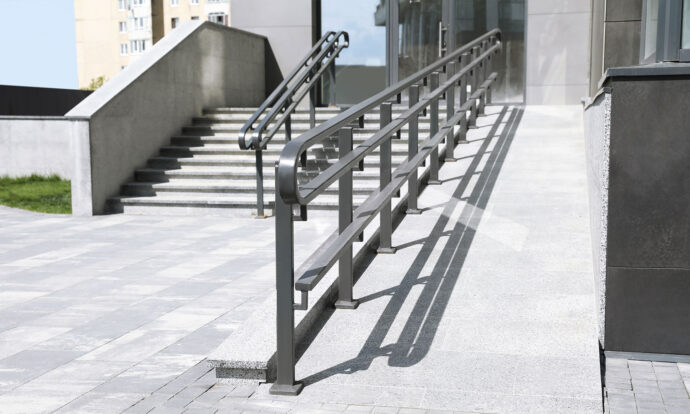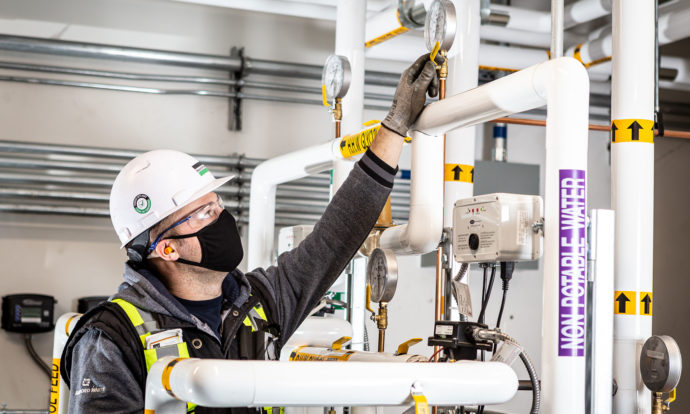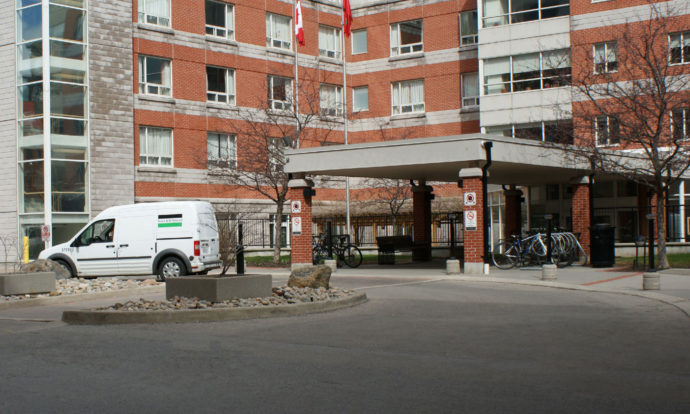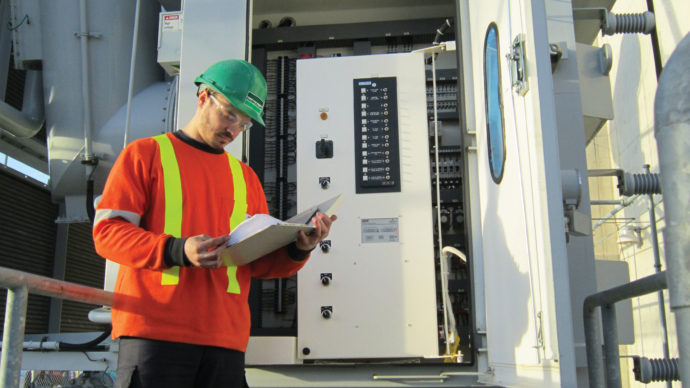As forest fires continue to rage across Canada leading to alarming risk to homes and buildings, more than 15 million hectares have gone up in smoke across the country this year, shattering the previous record of 7.6 million hectares in 1989 as well as the 10-year average of 2.5 million hectares.
Building owners and managers need to pay particular attention to this trend as dangerous levels of air pollutants can seep into indoor office spaces, impacting the health and well-being of their occupants. Forest fires release a significant amount of air pollutants, such as smoke and particulate matter, that can travel over tremendous distances.
Fine particulate matter or PM2.5 in forest fires are microplastic particles that are small enough to be inhaled into the respiratory system. Along with other chemical compounds found in forest fires like carbon monoxide (CO), nitrogen oxides (NOx), and polycyclic aromatic hydrocarbons (PAHs), these particles can have severe health effects, ranging from eye and throat irritation to cardiovascular problems.
Given all the risks, how can Building Owners and Managers tackle these new persistent challenges to air quality in their buildings and workplaces?
Well first to properly tackle the challenges of poor air quality, we need to elaborate on what is meant by indoor air quality (IAQ) for workplaces. The Canadian Committee on Indoor Air Quality and Buildings states that a healthy indoor environment is one that contributes to productivity, comfort, and a sense of health and well-being.
Canadian Centre for Occupational Health and Safety states that good IAQ will include air that:
- is free from unacceptable levels of contaminants, such as chemicals and related products, gases, vapours, dusts, moulds, fungi, bacteria, odours, etc.
- provides a comfortable indoor environment including temperature, humidity, air circulation, sufficient outdoor air intake, etc.

Maintaining good air quality requires continuous effort by both the building staff and occupants.
How can you improve IAQ in your facility during seasons of poor outdoor air quality?
To protect and preserve IAQ within buildings, especially during seasons of poor outdoor air quality, building owners need to continually test and monitor their indoor air quality, with a focus on their HVAC systems to ensure the systems are performing optimally.
The first step of any good IAQ assessment should provide:
- Visual inspection to identify any conditions that may have an impact on IAQ.
- Review of the supply and return air distribution and a review of occupant activities, housekeeping practices, building materials, and furnishings that can contribute to the distribution, accumulation, and/or generation of indoor air requirements.
- Spot measurements for temperature, humidity, CO2 and CO, PM2.5 etc. and air sampling for mould
After the initial assessment is done, a deeper dive can be explored to eliminate potential inefficiencies within the HVAC system including but not limited to:
- Filtration: Are the current HVAC systems using high-efficiency air filters to capture dust, pollen, and other airborne particles? Proper filtration removes contaminants and reduces the presence of allergens in the air to significantly improve IAQ.
- Circulation: Are the HVAC systems set at the proper parameters to ensure proper and clean air circulation throughout the different spaces in the building? When outdoor air quality is poor, HVAC systems should be adjusted to maintain adequate ventilation, without letting in poor air to circulate with clean indoor air.
- Purification: Do the current HVAC systems integrate air purification technologies such as UV-C germicidal lamps or electronic air cleaners? These types of equipment target and offset, or capture dangerous microorganisms, bacteria, and other viruses to improve IAQ.
- Temperature and Humidity Control: Are you monitoring and regulating moisture in the air to stop the growth of mold, mildew, and other issues that can impact IAQ? Properly set up HVAC systems control both the temperature and humidity within spaces to contribute to your occupant’s overall comfort and well-being.
By partnering with a reputable mechanical facility services provider, we can work with you to ensure your HVAC systems are routinely monitored, maintained, and cleaned to guarantee consistent and optimal functionality. While these systems may be intricate, they are vital to a building’s IAQ, and ensuring they are installed and maintained is pivotal to a healthy indoor environment.
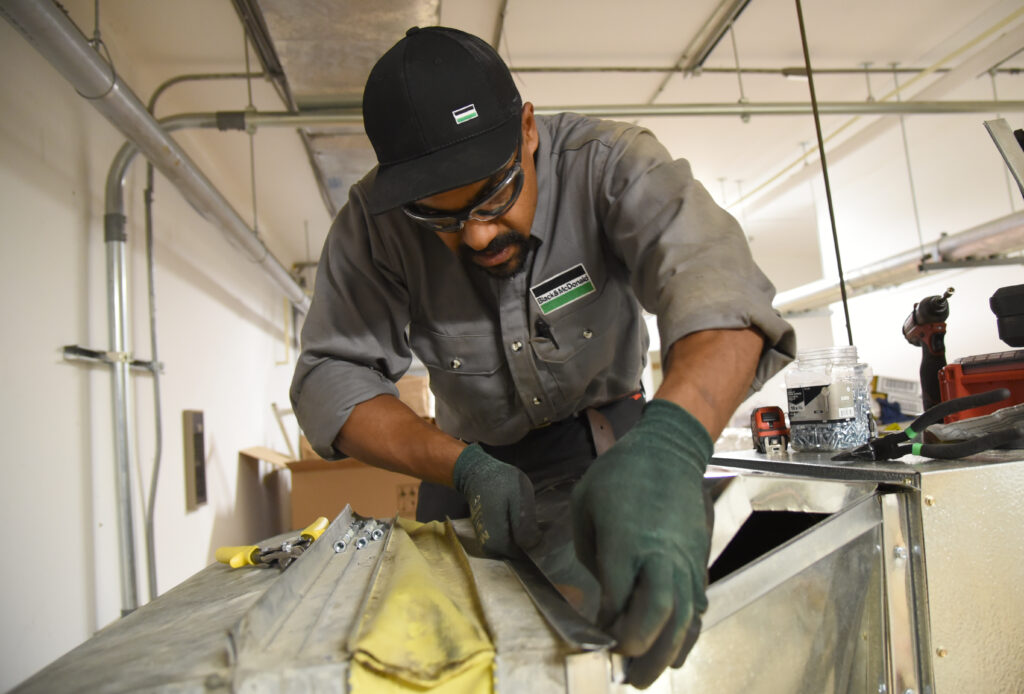
What are the risks of poor IAQ-managed environments?
A decline in IAQ does more than merely foster discomfort; it becomes a gateway to serious respiratory complications, allergies, fatigue, and other incapacitating health woes.
These complications also create risks to occupants older than 65, occupants who are pregnant, and those with cardiovascular and heart disease, asthma, and COPD who are more susceptible to poor indoor air quality.
Don’t take the air you breathe for granted. Prioritize indoor air quality by contacting Black & McDonald’s Facility Services at [email protected].




